

[CLICK HERE TO DONATE!] Make your tax-deductible contribution to: "Ocean Environment Legal Defense Fund" and save our beach environment!
Latest News & Updates
Petiton: Sign Petition moving wind turbines 30-miles farther offshore! Printable Flyer: Offshore Wind Alert! Stop Government Agreement w/US Wind. Take Action: Email Governor & Mayors of these Delaware Beach Towns
- June 6, 2024: Public Comments on US Wind Permit Request and on the Federal Consistency Certifications
- January 20, 2024: Critique of PA Consulting Group Delaware Offshore Wind Benefits Report
- January 20, 2024, 2PM Eastern. EVENT: Hearing on the Harmful Effects of Offshore Wind Industrialization. [Click Here to watch recording.]
- November 2, 2023. EVENT: CRI 15th Annual Banquet 'Protecting Delaware's Coastal Beauty.' Buy your tickets today! [CLICK Here for details]
- August 31, 2022: [WATCH VIDEO] Proposed Wind Turbine Projects Off the Coast of Delaware & Maryland.
- August 8, 2022: US Wind simulations of turbines off of Ocean City, MD.
- August 25, 2021: US Wind announced plans to expand its 22-turbine MarWin project to include up to 82 turbines under the new Momentum Wind project located off the Maryland and Delaware beaches.
- August 25, 2021: Massachusetts group files a Federal lawsuit to halt the 62 turbine Vineyard Wind Project off Nantucket to protect the critically endangered Right whale. You can read the filed complaint HERE.
- August 25, 2021: Press Release "Federal Lawsuit Filed to Protect Whales and Stop Industrial Offshore Wind Development."
- July 15, 2021: Watch video of Environmentalist Michael Shellenberger explains why offshore wind power is not a good idea.
- April 15, 2021: This Coastal Delaware Wind Farm Awaits a 2026 Debut
Our precious beach is about to be changed forever if immediate action is not taken. Wind power developers plan to construct as many as three hundred 853 to 953 foot tall wind turbines along our coast between Ocean City, Maryland and Rehoboth Beach, Delaware. These towers will be visible from shore, not only during the day, but also at night due to the flashing of airplane and ship warning lights.
Little consideration has been given to the impact on your home value, your quality of life, your rental income, or your business.
Most along our beach have no idea what is about to happen. Your opinion has not been asked. Decisions are being made by others in Dover, Annapolis, Washington, and Italy. It is time for our voices to be heard.
For additional illustrations provided by the Ocean City government, click here.

The Maryland Public Service Commission (PSC) approved two wind turbine projects to be built off the Maryland and Delaware coasts, allowing the installation of 2074 MW of electrical capacity. The total cost of the two projects may be $12.5 billion. The first is U.S. Wind, a subsidiary of the Italian wind turbine manufacturer Renexia. This Italian-based company is planning to install 121 turbines as close as 13 nautical miles from our shore with a capacity of 1108 MW. U.S. Wind has discussed installing as many as 187 wind turbines in three phases. The second is the Danish company Ørsted’s Skipjack Project. This project will include 81 wind turbines as close as 13 to 17 miles from shore with a capacity of 966 MW. It is believed that both companies plan to construct 12-14 MW wind towers that are at least 853-953 feet tall.
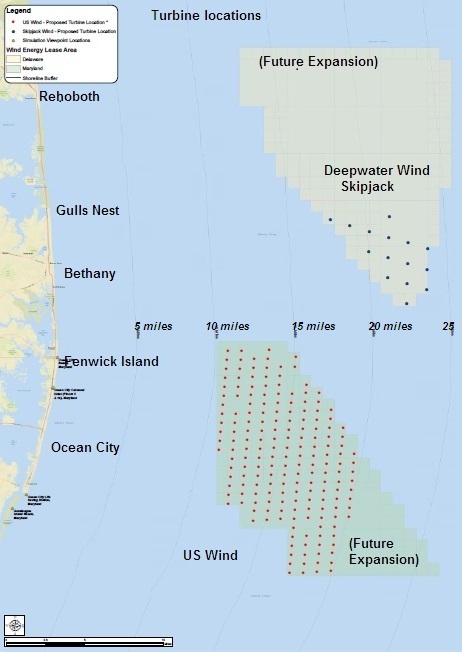
The two lease areas are as close as 12.5 miles from the shoreline. As the map illustrates, U.S. Wind plans to build in the lower lease area, while Ørsted plans to build in the upper lease area. Under most conditions, the wind turbines will be visible from the coastline. Even at 18 miles from the coast, 726 feet of a 853-foot turbine can be seen above the horizon. Source: National Oceanographic and Aeronautical Administration (NOAA)

The Ocean City Mayor and City Council have openly supported clean energy, including offshore wind. However, they have also expressed serious concerns that creating a visible industrial landscape on the ocean horizon will harm the beach economy by reducing property values, rental income, tax receipts, and tourism. “We support whatever can be done to mitigate this situation,” said Ocean City Mayor Richard Meehan. “But the bottom line is we just don’t want citizens, the visitors, the residents, and our 26,000 non-resident property owners to be looking at the industrial view when we’re on the beach in Ocean City.” Ocean City Mayor Richard Meehan and the Ocean City Council unanimously support the requirement that offshore wind energy turbines be built at least 26 miles off the coast of Ocean City. At this distance, the turbines would be less visible. To learn more about Mayor Meehan’s concerns, watch this interview.

A study conducted by economists at North Carolina State University determined that near shore wind turbines would have a big impact on coastal tourism. To explore the economic impact of offshore wind farms, the researchers surveyed 484 people who had recently rented homes on the North Carolina coast in areas where the state has offshore leases available for wind farm development. Fifty-six percent of participants had rented vacation homes each of the past five years, and one-third of that 56 percent had rented the exact same house every year. Fifty-four percent said they would not rent a vacation home if turbines were in view, no matter how large a discount was offered on the rental price. When shown visualizations of what the view will be with much smaller wind turbines in a University of Delaware Study, many respondents said they would not visit a beach with wind turbines visible. The Delaware Tourism Office reports the tourism industry adds $3 billion a year to our economy, adding $470 million in taxes and fees, and supporting over 41,000 direct jobs. What happens if 20 to 30% of beach lovers stop coming, and homes get sold?
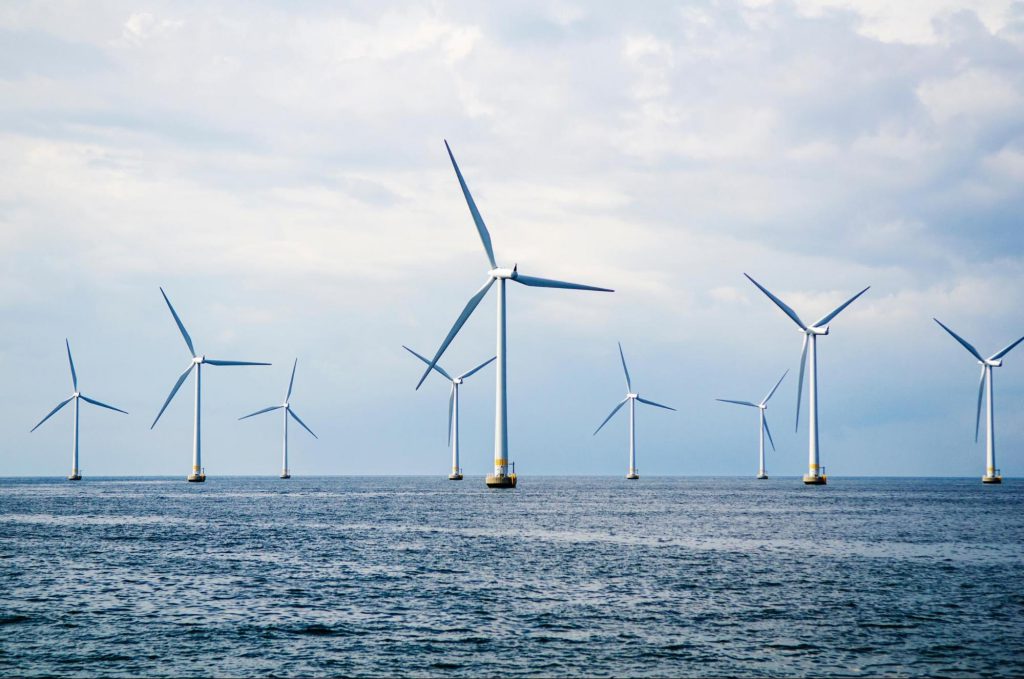
Area residents and businesses will pay an additional $938,000,000 in increased electrical rates annually during the 20 year life of the project. That is $18.8 billion less purchasing power. The wind power operators will be paid approximately 13.1 cents for each kWh they produce, which is nearly 400 percent more than the 3.5 cents per kWh that residents in the PJM grid now pay for the wholesale price of power produced.
Ørsted has won the 1108 MW Ocean Wind 1 project in New Jersey and the 846 MW Skipjack 2 project in Maryland. Both have similar first year prices for Offshore Wind Renewable Energy Credits (ORECs) that represent the premium price of power for electric customers and both use similar wind turbines. The similarity stops there. Ocean Wind has an annual OREC price escalator of 2% a year while the Skipjack escalator is 3%, and the Ocean Wind OREC price will be reduced by the value of revenue sold into the regional grid while Ørsted will keep that revenue for the Skipjack project. Consequently, the average net OREC price for Ocean wind will be about $63/MWh, about half the Skipjack project meaning Maryland electric customers will overpay by about $216 million a year, or $4.3 billion over the 20 year contract period. Great negotiating Maryland Public Service Commission!
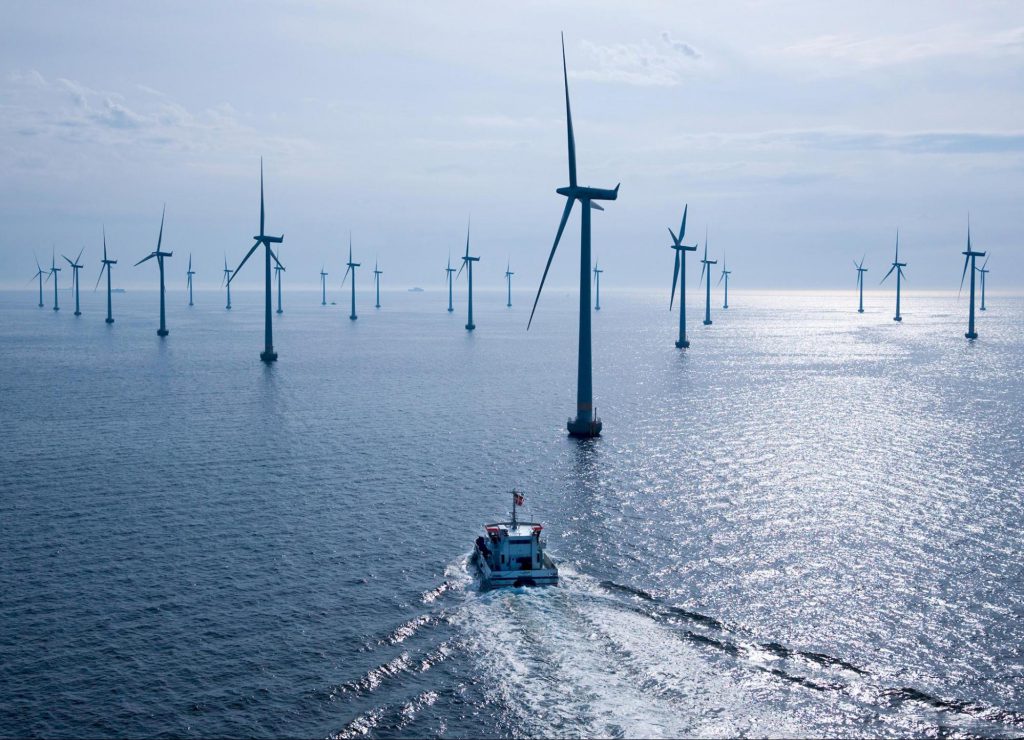
The U.S. Wind proposal stated that their project would create 68 permanent operational and maintenance jobs, while Ørsted stated that their project would create 25 permanent operational and maintenance jobs. Since the annual increase in the cost of electricity to area consumers is $938,000,000, the cost for each job created by the wind projects is $10 million, every year, for 20 years. With the reduced purchasing power of residents and businesses, many more jobs will be lost than the number of new jobs created.

The Maryland Public Service Commission hired a consultant to determine the air quality benefit of both projects. The consultant’s report found there would be no regional air quality benefit. Regional CO2, NOX, and SO2 emissions would actually increase because power generated by the wind turbines would mostly displace energy generated by clean natural gas-fired power plants. The Consultant Report concluded the offshore projects would simply replace onshore wind projects which cost about one-fifth as much. According to the EPA, air quality in the United States is improving rapidly. The six common air pollutants declined a total of 73 percent from 1980 to 2017.
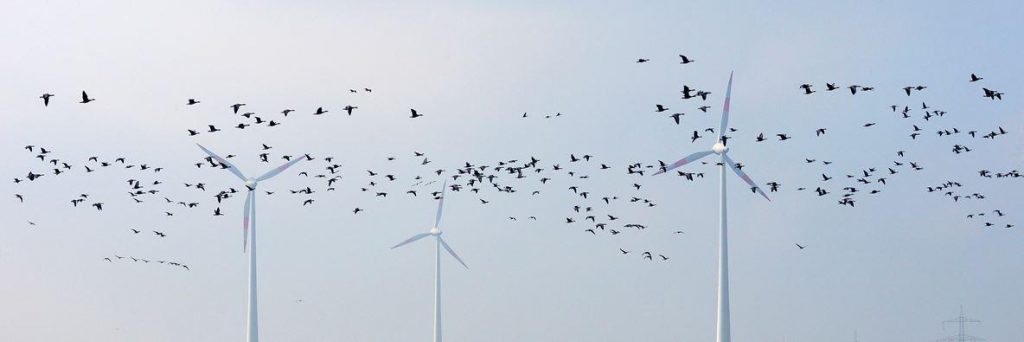
The WindAction Group, a group focused on informing the public about industrial wind energy, created a bird tracking study that determined some migratory paths cross areas slated for offshore wind development. The report prepared for the Maryland Public Service Commission also stated: “A large offshore wind project will affect the local marine environment.” They recommended that an environmental impact study be commissioned. There are additional concerns about the potential negative impact on sea life such as horseshoe crabs. The Delaware Bay has one of the largest populations of horseshoe crabs, which contribute immensely to health care testing. Vaccines, intravenous solutions, and implantable medical devices — both for humans and animals — are quality checked for safety using a test that comes from the blood of horseshoe crabs. Who in their right mind would put a 40 square mile gauntlet of whirling turbine blades almost a thousand feet high directly in the middle of the Atlantic Flyway, one of North America’s major annual migration routes for millions of birds?
To learn more about these proposals, visit the following websites:
You must contact your local and state government officials immediately so that your voice can be heard!
Reach out to your government officials who have oversight over the wind turbine projects
Maryland: Federal
Maryland: State Legislators
Maryland: State Officials
Delaware: Federal
Delaware: State Legislators
Delaware: State Officials
Delaware: Local Officials
Donate Now
Chat
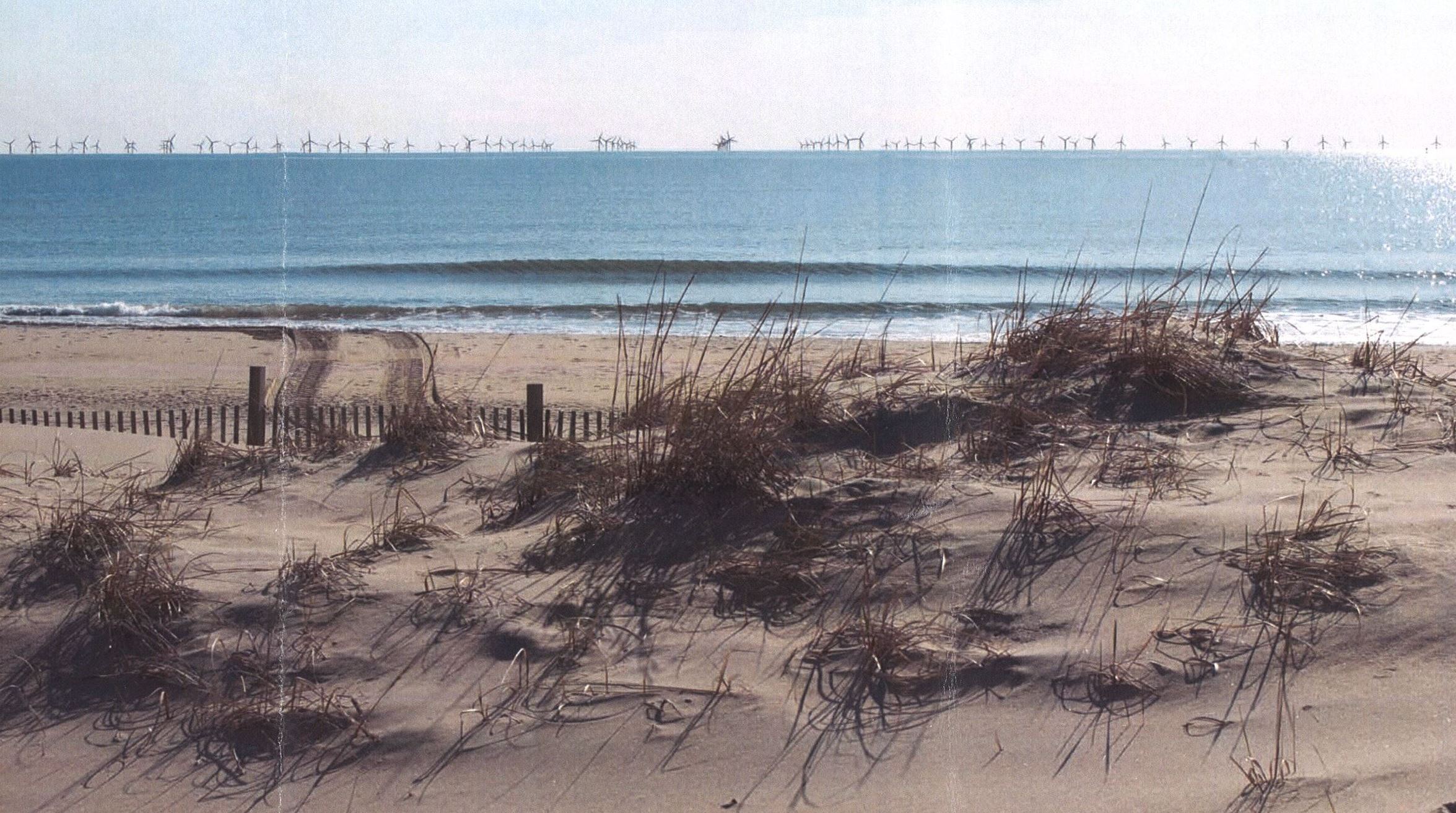
Sign up below to receive updates and news about the project.
To get involved or if you have questions please contact us at: info@SaveOurBeachView.com
